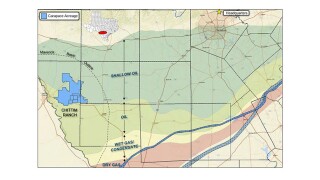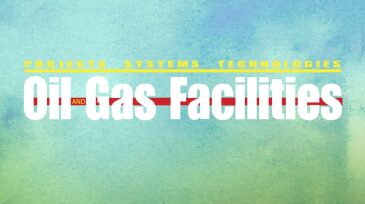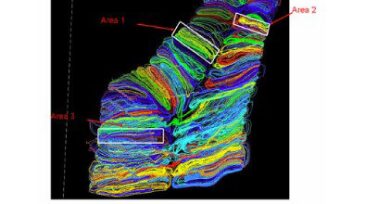Enhanced recovery
The objective of this microfluidic investigation is to identify and test two novel applications for magnetic fluids in porous media for subsurface oilfield applications.
This paper describes a study to design and implement an enhanced oil recovery project via a huff ’n’ puff using Y-grade injectant.
This study compares water-based chemicals that can be used for enhancing the oil recovery of shale-oil reservoirs, including surfactants, nanoparticles, and ketones.
-
This paper presents an investigation into the effect of catalytic nanoparticles on the efficiency of recovery from continuous steam injection.
-
Current conditions have made most companies decide to optimize performance of their existing assets, and EOR is a key part of that.
-
A critical step in proper design and optimization of any chemical-enhanced-oil-recovery (CEOR) process is appropriate and precise numerical simulations.
-
This study explores the mechanisms contributing to oil recovery with numerical modeling of experimental work and investigates the effects of various parameters on oil recovery.
-
Dimethyl-ether (DME) -enhanced waterflood (DEW) is a process in which DME is added to injection water and, upon injection, preferentially partitions into the remaining oil.
-
After 70 years of production, more than 30% of the Arab C reservoir stock-tank original oil in place has been recovered through various mechanisms including natural depletion, waterflooding, gas lift implementation, and horizontal-well development.
-
High-concentration polymer flooding can improve oil-displacement efficiency but separation of oil/water mixture becomes more difficult because of emulsification. In this work, a case history of dehydration technology for HCPF production and lab investigation of emulsion behaviors are reviewed.
-
Saudi Aramco saw a jump in production for a type of EOR that often takes years to see full benefits.
-
Partitioning interwell tracer tests (PITTs) have been used to estimate remaining oil saturations (ROSs) during waterflooding.
-
For nearly a decade, Saudi Aramco has been studying how altering the chemical makeup of seawater injected into its reservoirs can increase production. The result is "smart water" that can boost the sweep effectiveness of a waterflood.













